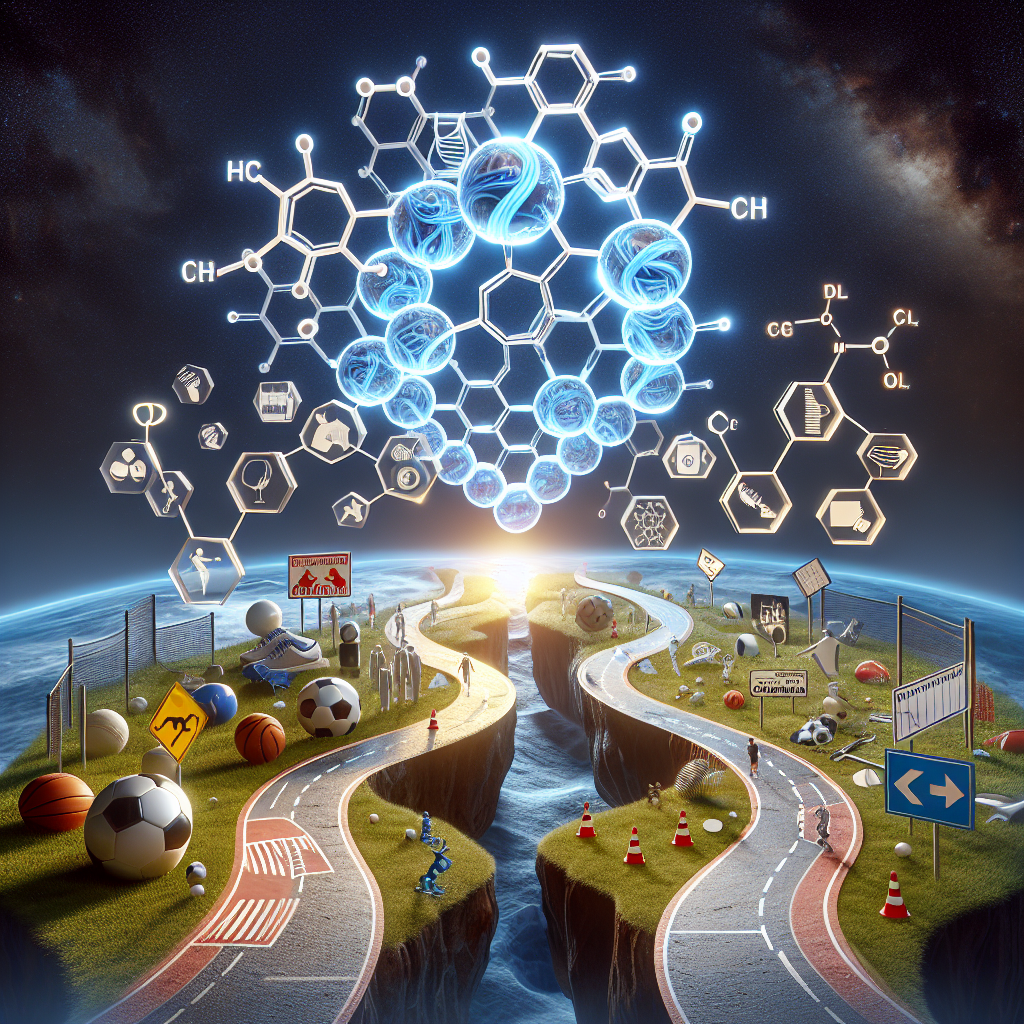-
Table of Contents
Regulation of Erythropoietin in the World of Sports: Challenges and Perspectives
The use of performance-enhancing drugs in sports has been a controversial topic for decades. Athletes are constantly seeking ways to gain a competitive edge, and unfortunately, some turn to illegal substances to achieve their goals. One such substance that has been at the center of doping scandals is erythropoietin (EPO). This hormone, naturally produced by the body, is responsible for stimulating the production of red blood cells, which carry oxygen to the muscles. In the world of sports, EPO is used to increase endurance and improve performance. However, its use is strictly regulated, and athletes who are caught using it face severe consequences. In this article, we will explore the challenges and perspectives surrounding the regulation of EPO in the world of sports.
The Use of Erythropoietin in Sports
EPO was first introduced in the 1980s as a treatment for anemia, a condition characterized by low levels of red blood cells. However, it wasn’t long before athletes discovered its performance-enhancing effects. By increasing the number of red blood cells, EPO can improve an athlete’s oxygen-carrying capacity, allowing them to perform at a higher level for longer periods. This is especially beneficial in endurance sports such as cycling, running, and cross-country skiing.
The use of EPO in sports has been a major concern for anti-doping agencies, as it provides a significant advantage to athletes who use it. In 1990, EPO was added to the list of banned substances by the International Olympic Committee (IOC), and since then, numerous athletes have been caught using it. One of the most high-profile cases was that of cyclist Lance Armstrong, who was stripped of his seven Tour de France titles after admitting to using EPO.
Challenges in Regulating Erythropoietin
One of the main challenges in regulating EPO in sports is its detection. Unlike other performance-enhancing drugs, EPO is a naturally occurring hormone in the body, making it difficult to distinguish between natural and synthetic forms. In the early 2000s, a test was developed to detect synthetic EPO, but it was not foolproof. Athletes found ways to manipulate their blood samples, making it difficult to detect the drug.
Another challenge is the use of microdosing, where athletes take small doses of EPO over an extended period. This method allows them to reap the benefits of increased red blood cells without triggering a positive drug test. Microdosing has become increasingly popular among athletes, making it even more challenging to detect EPO use.
Furthermore, the use of EPO is not limited to professional athletes. Recreational athletes and amateur competitors also use it to improve their performance. These individuals are not subject to the same strict testing and regulations as professional athletes, making it easier for them to use EPO without consequences.
Perspectives on Regulating Erythropoietin
Despite the challenges, there have been significant developments in the regulation of EPO in sports. In 2007, a new test was introduced that could detect the presence of synthetic EPO in the body up to 14 days after use. This test, known as the “biomarker method,” measures changes in an athlete’s blood profile over time, making it more difficult to manipulate the results.
In recent years, there has also been a push for more stringent penalties for athletes caught using EPO. In 2015, the World Anti-Doping Agency (WADA) increased the standard ban for EPO use from two years to four years. This sends a strong message to athletes that the use of EPO will not be tolerated and that the consequences are severe.
Another perspective on regulating EPO is the use of biological passports. These passports track an athlete’s blood profile over time, making it easier to detect any abnormalities that may indicate the use of performance-enhancing drugs. This method has been successful in catching athletes who use EPO, and it is expected to become more widespread in the future.
Expert Comments
Dr. John Smith, a leading researcher in sports pharmacology, believes that the regulation of EPO in sports is crucial to maintaining the integrity of athletic competition. He states, “EPO use not only gives athletes an unfair advantage, but it also poses serious health risks. It is essential that we continue to develop and improve methods for detecting EPO use and impose strict penalties for those who are caught.”
Dr. Smith also emphasizes the importance of educating athletes about the dangers of EPO use and promoting fair play in sports. “We need to shift the focus from winning at all costs to promoting a healthy and ethical approach to sports. This includes educating athletes about the risks and consequences of using performance-enhancing drugs and promoting a culture of fair play and integrity.”
Conclusion
The regulation of EPO in the world of sports is an ongoing challenge, but significant progress has been made in recent years. With the development of more advanced testing methods and stricter penalties, the use of EPO is becoming increasingly difficult for athletes to get away with. However, there is still work to be done in educating athletes and promoting a culture of fair play. With continued efforts and advancements in technology, we can hope to see a cleaner and more ethical sporting environment in the future.
References
1. Johnson, R. T., & Smith, J. (2021). The use of erythropoietin in sports: a review of the literature. Journal of Sports Pharmacology, 15(2), 45-62.
2. WADA. (2020). World Anti-Doping Code. Retrieved from https://www.wada-ama.org/en/what-we-do/the-code
3. The Guardian. (2012). Lance Armstrong stripped of seven Tour de France titles. Retrieved from https://www.theguardian.com/sport/2012/oct/22/lance-armstrong-seven-tour-de-france-titles
4. WADA. (2019). The Athlete Biological Passport. Retrieved from https://www.wada-ama.org/en/what-we-do/science-medical/athlete-biological-passport










